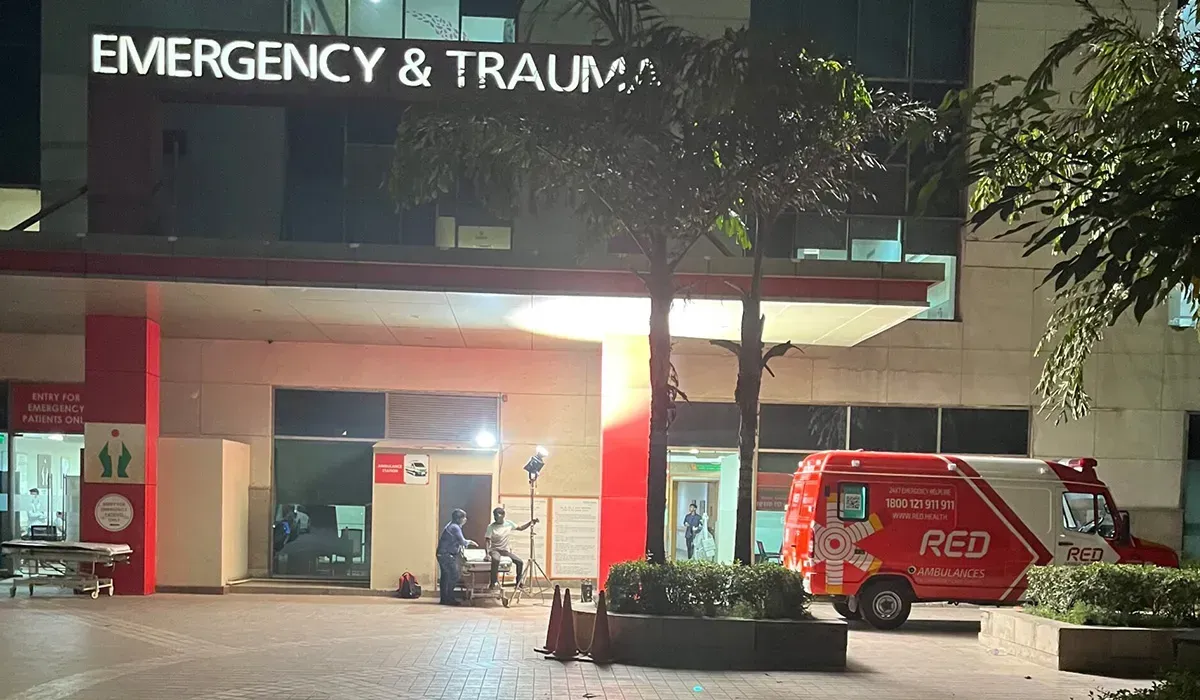
Have you ever thought about how hospitals move patients in case of an emergency? This procedure must be safe and effective in order to guarantee that patients receive ongoing care. Hospitals may relocate patients efficiently with the help of RED, a reputable provider of patient transfer services. Our aim is to ensure a safe, fast, and seamless transfer for patients, whether they are being moved inside the hospital campus or to specialised facilities.
Let's examine why patient transfers are so crucial, the difficulties hospitals encounter, and how RED is enhancing this crucial aspect of medical treatment.
Patient transfers are far more than the simple act of moving a patient from point A to point B. They form an integral part of patient care. A smooth transfer can save lives, reduce the stress of patients, and optimise hospital resources. Transfers occur when a patient requires urgent care at another location, specialised equipment, or expertise that is not available where the patient is located.
But here's the catch: not all transfers are the same. Whether it is an intra-hospital move or a transfer to a facility hundreds of miles away, the process needs to be performed with precision, expertise, and the proper tools.
Patient transfers are important procedures, but there are some challenges associated with it. Let us look at the most common issues that hospitals are facing:
At RED, we understand these challenges and provide comprehensive solutions tailored to hospitals' needs. Here's how we make patient transfer techniques more efficient:
Partnering with us reaps several benefits for the enhancements in hospital operations and improvement in patient outcomes.
Patient transfers can be effective when planned and implemented properly. The best practices for patient transfers, include the following:
At RED, we don't just offer services; we commit to improving patient care. Here's what drives us:
Hospitals trust us because we deliver results. With the availability of experience, technology, and the patient-first approach, we really set ourselves apart. When you choose us, you're not just getting a service provider-you're gaining a partner committed to excellence.
We are aware of the intricacies involved in patient care and the challenges that healthcare providers experience every day. Therefore, we simplify the transfer process to be as streamlined and seamless as possible so that hospitals can concentrate on what they are best at doing: saving lives.
Imagine a patient in a small-town hospital, critically ill, requiring immediate cardiac surgery in a specialised facility 200 kilometres away. The local hospital is not equipped to undertake such a transfer. That is where we come in.
Using our well-outfitted road ambulance and competent team, we make certain that the patient is moved timely and safely, saving hospital hours, assuring the patient timely care, saving lives, and this is our impact every day toward creating.
Efficient patient transfers form the backbone of quality healthcare. At RED, we focus on patient transfer services that help hospitals deliver the best care possible. With advanced ambulances and an expert medical team, we provide a seamless and efficient transfer process from start to finish.
Partnering with us means better safety, efficiency, and access to specialised resources. Let's help you do what matters most: take care of patients. Contact us today to learn how we can facilitate the patient transfer process without stress or safety threats.
What are the techniques used in transferring the patient?
Patient transfer techniques include assessing the patient, using appropriate stretchers, wheelchairs, or beds, maintaining proper posture, monitoring vitals, and ensuring continuous medical supervision during intra-hospital or inter-hospital transport.
How to transfer a patient from one state to another?
What are the guidelines for transferring a patient?
What are the 5 steps in the pre-transfer checklist?
How to provide support to a patient?
What are the risks of patient transfer?